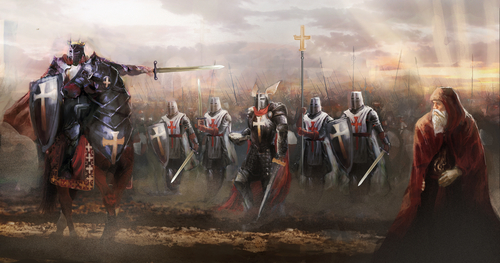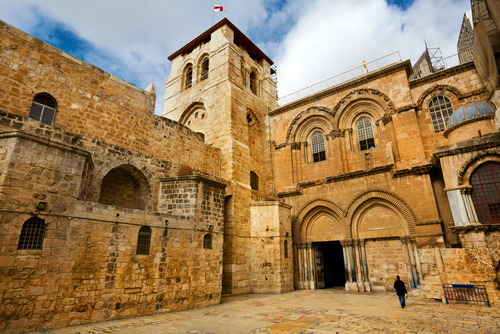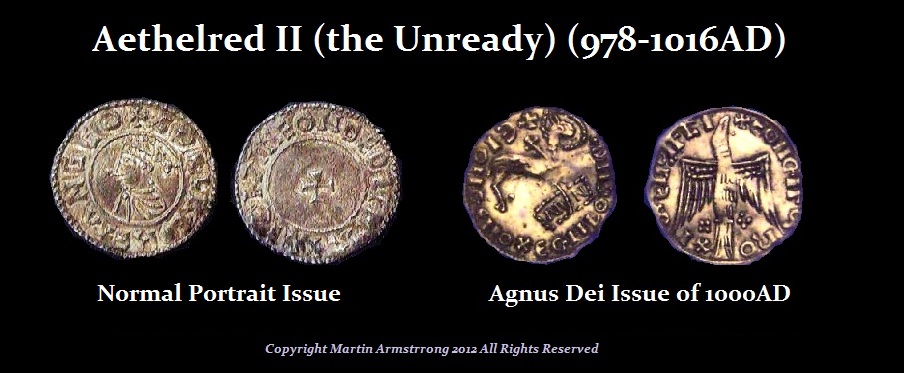Were the Crusades just for Plunder & Money?
QUESTION: Were the Crusades inspired by economics? You mentioned how Venice looted Constantinople.
Thank you for making history interesting
KR
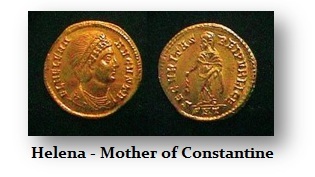 ANSWER: To understand the Crusades, we have to first look at what was the original justification. The Catholic Church encouraged pilgrimages from the 4th century, but they began really during the 1st-2nd century and built in intensity. Pilgrimages became very popular once Constantine the Great became emperor. Contemporary historians reported that Roman Emperor Hadrian (117-138 AD) built a temple dedicated to the goddess Venus in order to hide the cave in which Jesus had been buried in hopes of ending early Christian pilgrimages. Constantine ordered during 325/326 AD that the temple of Venus be replaced by a church which has become known as the Church of the Holy Sepulchre. It was during the construction of this church that Constantine’s mother, Saint Helena, is believed to have rediscovered the tomb. Socrates Scholasticus gives a full description of the discovery in his Ecclesiastical History. In her final years, Helena made a religious tour of Syria, Palestine, and Jerusalem, during which she allegedly discovered the True Cross.
ANSWER: To understand the Crusades, we have to first look at what was the original justification. The Catholic Church encouraged pilgrimages from the 4th century, but they began really during the 1st-2nd century and built in intensity. Pilgrimages became very popular once Constantine the Great became emperor. Contemporary historians reported that Roman Emperor Hadrian (117-138 AD) built a temple dedicated to the goddess Venus in order to hide the cave in which Jesus had been buried in hopes of ending early Christian pilgrimages. Constantine ordered during 325/326 AD that the temple of Venus be replaced by a church which has become known as the Church of the Holy Sepulchre. It was during the construction of this church that Constantine’s mother, Saint Helena, is believed to have rediscovered the tomb. Socrates Scholasticus gives a full description of the discovery in his Ecclesiastical History. In her final years, Helena made a religious tour of Syria, Palestine, and Jerusalem, during which she allegedly discovered the True Cross.
The pilgrimages to the Holy Land really began to rise in mass going into the year 1000. As the year 1000 approached, the doom and gloom were pervasive. Everyone assumed that the world would end and this would be the last judgment. It became so common that the King of England removed his own portrait from the coinage and placed the Christian symbol of the lamb on one side and the Holy Ghost on the reverse. When the world did not end, he promptly restored his portrait to the coinage the following year.
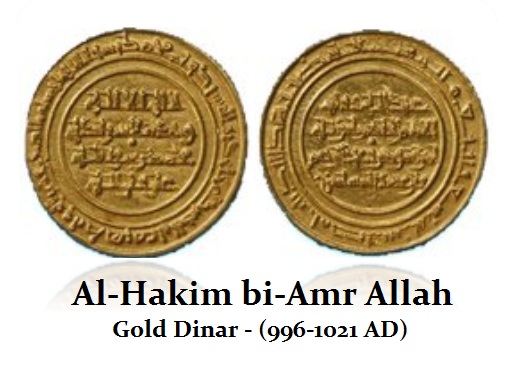 This belief in the end of the world prompted people to make pilgrimages to the Holy Land. This is when they were being robbed on their travels which became known as highway robbery. Political relationships between the Muslim caliphates and the Christian kingdoms of Europe had remained in a state of somewhat of a suspended truce. The Muslims allowed the continuation of Christian pilgrimages into Muslim controlled lands generally, but as with all political leaders, policies changed with the change of regimes.
This belief in the end of the world prompted people to make pilgrimages to the Holy Land. This is when they were being robbed on their travels which became known as highway robbery. Political relationships between the Muslim caliphates and the Christian kingdoms of Europe had remained in a state of somewhat of a suspended truce. The Muslims allowed the continuation of Christian pilgrimages into Muslim controlled lands generally, but as with all political leaders, policies changed with the change of regimes.
During the reign of Fatimid Caliph al-Hakim bi-Amr Allah (996-1021 AD), because of this view that the world was going to end, a massive wave of pilgrims flocked to the Holy Land. His policies proved to be arbitrary and extremely harsh and at times sheer madness. He ordered the killing of all dogs because their barking annoyed him. He banned various kinds of vegetables and shellfish that he personally disliked. He also engaged in religious persecutions of Sunnite Muslims, Jews, and Christians. He appears to have been insane for he held that he was the incarnation of divinity.
Al-Ḥākim in response to the pilgrims from Europe ordered the destruction of the Church of the Holy Sepulchre, which in part inspired the Crusades. Al-Ḥākim was overthrown for he mysteriously vanished while taking a walk on the night of February 13, 1021, never to be heard from again. It was his actions that formed much of the basis for the Crusades. The four main crusader armies left Europe around the appointed time in August 1096. The Seljuk Turks also systematically disrupted Christian pilgrimage routes, which also became a major factor triggering the crusades. Nevertheless, Al-Ḥākim’s successor, Abū’l-Ḥasan ‘Alī al-Ẓāhir li-I’zāz Dīn Allāh (1021–1036), allowed the Byzantine Empire to rebuild the church. Still, it was the harshness of Al-Ḥākim that created the perception that his character reflected all Muslims, which was not true.
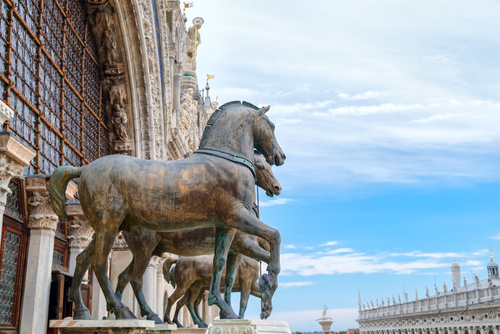 So while the Crusades began as a religious quest for a Holy War, eventually they turned into profitable ventures. The Venetian Empire finally saw the opportunity to conquer Constantinople – their old rival. So while the Crusades did begin over religious issues, once there was money to be had, they became the means to pillage the old capital of the Roman Empire and carry off the loot back to Europe.
So while the Crusades began as a religious quest for a Holy War, eventually they turned into profitable ventures. The Venetian Empire finally saw the opportunity to conquer Constantinople – their old rival. So while the Crusades did begin over religious issues, once there was money to be had, they became the means to pillage the old capital of the Roman Empire and carry off the loot back to Europe.
The Venetians stole the body of Saint Mark (one of the apostles of Christ) from Egypt and built a church in what is now known as Saint Mark’s square. On the facade of the Church stand four bronze horses, which are really impressively 96.7% copper because copper melts at a higher temperature than bronze making it more difficult to work with. The four horses were stolen from Constantinople in 1204 when the Venetians sacked the city. Their origins are not actually known. They may be the horses that were long displayed at the Hippodrome of Constantinople where chariot racing took place. They were perhaps the “four gilt horses that stand above the Hippodrome” as mentioned in the 8th- or early 9th-century contemporary historians.
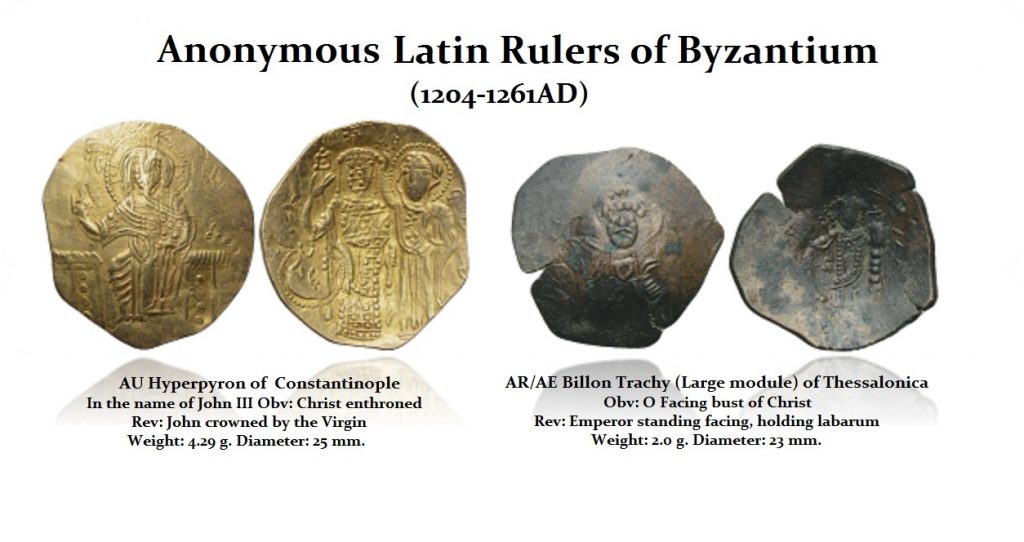 While the Venetians looted the four horses in 1204 along with just about anything else they could carry during in the Fourth Crusade, the collars on the four horses which appear around the necks were added in 1204 to obscure the fact that the heads had been severed for transport. Then in 1797, when Napoleon conquered Venice, he had the horses removed and sent to Paris. After the defeat of Napoleon, the four horses were returned to Venice in 1815.
While the Venetians looted the four horses in 1204 along with just about anything else they could carry during in the Fourth Crusade, the collars on the four horses which appear around the necks were added in 1204 to obscure the fact that the heads had been severed for transport. Then in 1797, when Napoleon conquered Venice, he had the horses removed and sent to Paris. After the defeat of Napoleon, the four horses were returned to Venice in 1815.
So yes, whatever “good” deed is done, when there is money to be had, it appears that we should then just follow the money to reach the truth. When there was money for the taking, the Crusades were not simply seeking retribution against Muslims. They waged war on the Christians behind the walls of Constantinople. Some have argued that they killed almost as many Christians as they did Muslims. It seems that men died thinking they were fighting for God when they were fighting for their leaders to make a profit. Not so unlike the Iraq War for weapons of mass destruction that never existed and made Dick Cheney’s former company, Halliburton, very wealthy.
